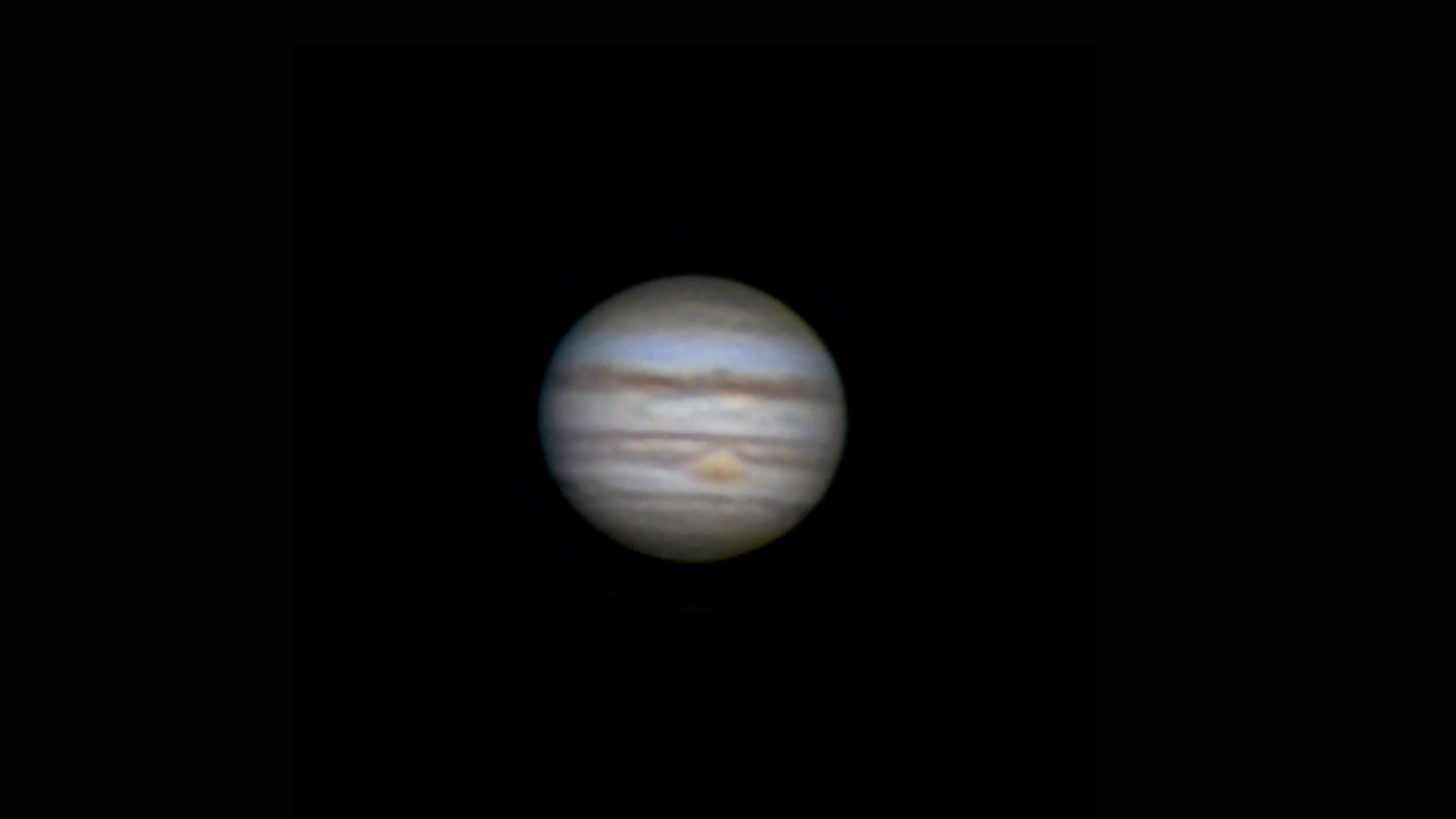

:max_bytes(150000):strip_icc()/30Jupiter4in_Black-5a3ad787c7822d00370fde1d.jpg)
For example, if your instrument as an aperture of 101.6mm (4″) then the maximum magnification you should use would be 200x before the image becomes blurry. However, that is not really the case at all and as a rule of thumb, it’s best not to push the magnification to more than twice the diameter of your telescope. When it comes to planetary observation, it is natural to think that the more magnification, the better. If you want to try astrophotography and take pictures of Jupiter in order to stack them and process them through a digital photography software, you may need a more robust telescope with an 8inch aperture as well as investing in a solid tripod and a digital camera. I had some amazing views through that scope but it was a beast to setup. The type of telescope you need depends entirely on what you want to achieve, if it’s just observing Jupiter and the Galileans moons every now and again on a clear night, you can do that relatively well with a telescope as small as 4 inches. Finding a portable telescope for both visual astronomy and astrophotography. As a matter of fact, the planet is so big and bright that I was able to see it along with 4 of its moons through an entry-level telescope (2.5″) and a pair of stargazing binoculars. You don’t necessarily need to invest in an expensive telescope to observe Jupiter.
Jupiter through telescope how to#
Even modest equipment can offer a decent view of Jupiter. Observing Jupiter through a telescope is a breathtaking and rewarding experience Learn how to see this majestic planet with our simple stargazing guide.


 0 kommentar(er)
0 kommentar(er)
